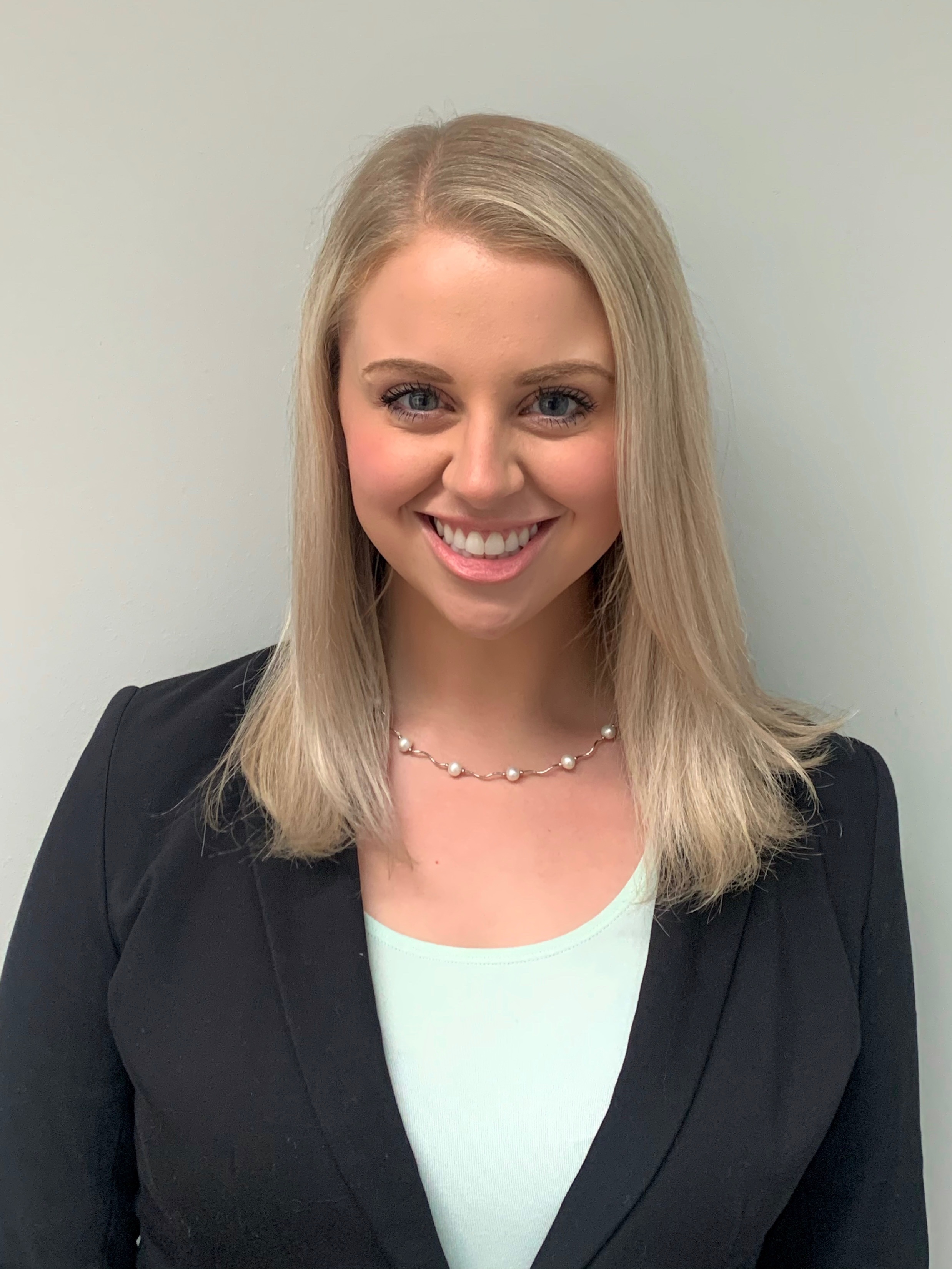Addictive Behaviors
(PS1-28) Exploring Associations Between Ultra Processed Food Addiction in Adults Seeking Behavioral Weight Loss Treatment with Weight Loss and Calorie Tracking

Madison L. Corso, B.A.
Master's Student
Drexel University
Philadelphia, Pennsylvania, United States- CH
Chloe M. Hessler, B.A.
Research Coordinator
Drexel University
Clark, New Jersey, United States - MB
Meghan L. Butryn, Ph.D.
Professor
Drexel University
Philadelphia, Pennsylvania, United States 
Erica M. LaFata, Ph.D.
Assistant Research Professor
Drexel University
Philadelphia, Pennsylvania, United States
Author(s)
Co-Author(s)
Emerging research has observed that ultra-processed foods (UPFs) trigger addictive-like processes and estimated that 14% of adults meet diagnostic criteria for a substance-use disorder as applied to their consumption of UPFs. Individuals with “UPF addiction” most commonly seek weight loss treatment but few trials have assessed UPF addiction in the context of first-line behavioral weight loss (BWL) programs. To address this gap, the present study aimed to 1) characterize UPF addiction pre-treatment and 6 months into a BWL program and 2) explore the relationship between changes in UPF addiction with percent weight loss and adherence to self-monitoring food intake 6 months into BWL treatment.
This study is part of a parent trial involving a 24-month BWL intervention. The present sample included 321 adults with overweight or obesity (90.4% female; Mage = 53.39, SDage = 10.79). UPF addiction was assessed by the Modified Yale Food Addiction Scale (mYFAS 2.0), at baseline and 6 months. The mYFAS 2.0 scores reflected how many of the 11 DSM-5 symptoms of substance-use disorders an individual endorsed with respect to their UPF intake, and the “diagnostic” score was met if a participant reported 2+ symptoms and either impairment or distress. Valid food tracking days reflected days complete food intake was logged over one week at 6-months. One-way ANOVAs, correlations, and chi-squared tests were utilized to assess associations.
Participants’ mean mYFAS 2.0 symptom scores were 1.25 (SD = 1.92) at baseline and 1.07 (SD = 1.81) at 6 months, which were significantly associated across time points (r = .42, p = < .001). Further, 13.3% and 10.6% of participants met the mYFAS 2.0 diagnostic score at baseline and 6 months, respectively. Yet descriptively, a more complex trajectory emerged. Specifically, 80.7% of participants did not meet the diagnostic score at either point, 4.6% met at both points, 8.3% only met at baseline, and 6.4% met only at 6 months. These groups did not differ demographically. (ps >.58). Those who met the mYFAS 2.0 diagnostic score only at 6 months had a higher average percent weight loss (M = -10.91, SD = 6.65) compared to those who did not meet criteria at any point (M = -7.72, SD = 5.59), met criteria at baseline only (M = -8.81, SD = 5.77), and met criteria at both points (M = -8.54, SD = 6.81) [F(3,213) = 1.48, p = .22]. No other associations emerged between mYFAS 2.0 scores and percent weight loss or valid food tracking days (ps >.08).
While average UPF symptoms remained stable over time, there was a significant shift in UPF addiction diagnostic categorization, with 3x as many participants changing their UPF addiction diagnosis compared to those who met criteria at both time points. Further research is needed in higher-risk samples (e.g., elevated eating pathology) to understand the characteristics of individuals with persistent UPF addiction compared to those who experience onset or remission after starting BWL. More work is needed to explore the time-based relationships between UPF addiction and weight loss to understand if the onset of UPF addiction after initiating BWL may reflect increasing eating pathology or greater insight.

.png)
